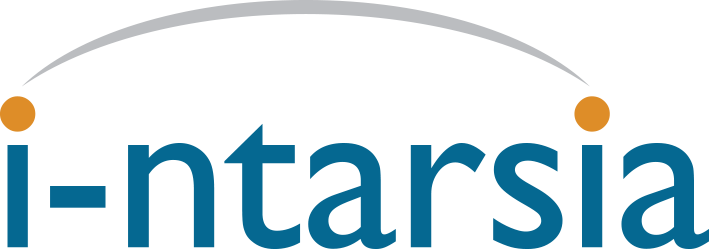As we point out in ‘Your Site is more than Just Pages and Widgets’ a production web service is a very complex system. Every component in that system is evolving at an independent rate. Many components can be impacted by external events such as security threats. You need stability and transparency to be able to offer your customers a professional service.
I-ntarsia and I-ntarsia Commerce releases have two main drivers:
-
Releases of Drupal or Magento
-
Releases of the underlying Ubuntu Server operating system
For both of these core components we use the Long Term Support (LTS) version.
Drupal Releases
Drupal 8 has brought many things to the Drupal world. One of these is a defined release cycle with semantic versioning. I-ntarsia uses the x.1 version of Drupal as the first version of a major release and will migrate installations to the x.4 LTS. These releases are supported for 5-6 years.
Magento Releases
Magento 2 has a defined release cycle with semantic versioning. I-ntarsia uses the x.1 version of Magento as the first version of a major release and will migrate installations. These releases are supported for 5-6 years.
Ubuntu Server Operating System
We build I-ntarsia on the Long Term Support (LTS) versions of Ubuntu. These are released every two years in April and are designated by the year and month of release, e.g. 16.04 LTS for the version release in April 2016. The LTS version of Ubuntu is supported for 5 years.
I-ntarsia and I-ntarsia Commerce Versions
These two drivers are used in conjunction to produce an I-ntarsia version, but the Ubuntu two year cycle is far more established than the Drupal/Magento cycle and so we use that as our ‘clock’. Shortly after the new Ubuntu LTS release is made, we will release an I-ntarsia and I-ntarsia Commerce system on that version using the then current versions of Drupal and Magento. That I-ntarsia release will receive the version number:
<Drupal_Major_Version_No>.<Ubuntu_Major_Version_Nor>.<I-ntarsia_Patch_No>
The I-ntarsia Commerce release will receive the version number:
<Magento_Major_Version_No>.<Ubuntu_Major_Version_Nor>.<I-ntarsia_Patch_No>
For example 8.16.1 is the first patch level for Drupal 8 based I-ntarsia which is running on Ubuntu Server 16.04 LTS. This version will receive all crucial updates (security in particular) well into 2021.
Our version numbers adhere to many of the principles of semantic versioning, but also give our customers an ‘at a glance’ understanding of their project in its life cycle.
I-ntarsia Upgrades
As your I-ntarsia version approaches the end of its lifecycle our team will plan and cost your upgrade path with you. In 2021, 8.16.x customers will have a choice of two I-ntarsia versions to upgrade their site to:
- 8.18.x
- 8.20.x OR 9.20.x (depending on Drupal releases)
The move to 8.18.x or 8.20.x will be relatively straightforward because, as per semantic versioning principles, the major version number is the same. Such a move would provide a further 2 or 4 years of full platform support.
A move to 9.20.x could be more involved as the core API may have changed. However, you and your customers will be able to choose whether any additional investment required is worth it for the new features offered by Drupal 9.
The same logic is applied to I-ntarsia Commerce.
okClarity: I-ntarsia is the only platform that gives you and your customers a transparent project lifecycle .
okPeace of mind: I-ntarsia services can be guaranteed to be fully supported for a minimum of 3 years. In addition, there will be a guaranteed choice of upgrade path.
